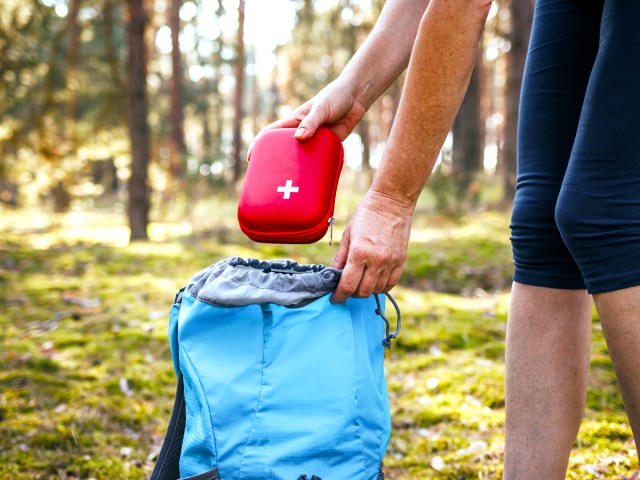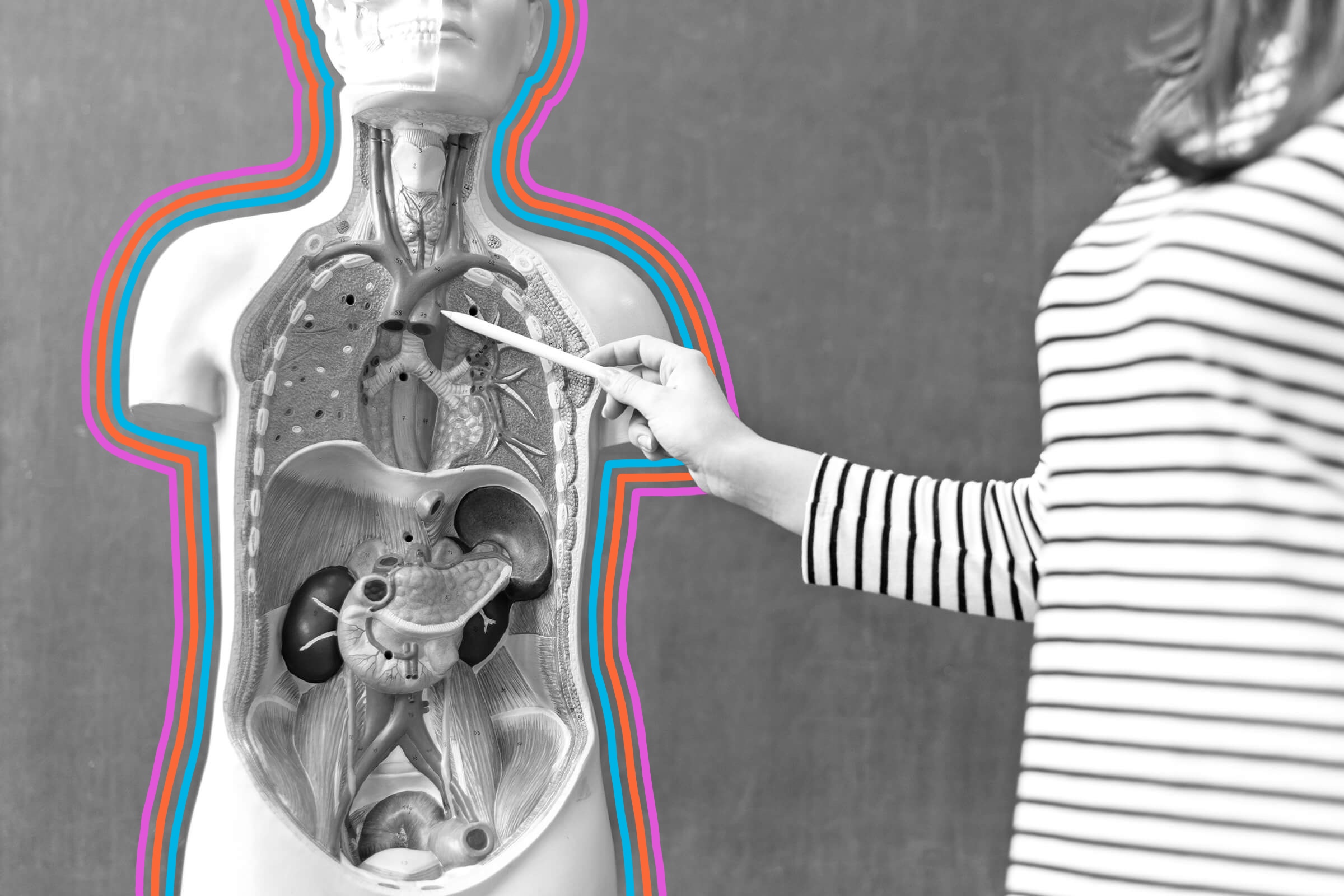Nobody enjoys going through airport security, but there are several tips and tricks to make it less painful. On June 23, 2024, the Transportation Security Administration (TSA) screened a record-breaking 2.99 million passengers at U.S. airports, and the numbers don’t seem to be dwindling. That means keeping the line moving is crucial to a positive terminal experience. Here are 10 important tips TSA officers want you to know to help operations run more smoothly.
Note: All featured products and deals are selected independently and objectively by the author. Daily Passport may receive a share of sales via affiliate links in content.
Download the Free myTSA App

Planning to bring bulky or hazardous items such as strollers, unloaded firearms, knives, skis, golf clubs, or musical instruments on your trip? The free myTSA app is your best friend. The app’s “What can I bring?” feature will let you know whether to pack the item in a checked bag or a carry-on; it also highlights items that are prohibited. Even if you don’t plan on packing anything unusual, the app notifies passengers of flight updates such as delays, cancellations, estimated checkpoint wait times, and PreCheck lane availability.
Don’t Use a Nickname on Your Boarding Pass

If your full legal first name is Benjamin on your passport or driver’s license, using just “Ben” on your boarding pass may raise suspicion when you’re going through airport security. Entering your full name as it appears on your ID when purchasing your flight is the only way you will be allowed to board successfully. This is particularly important for those who may have gotten married recently but still have yet to be issued an ID with their new last name.
Arrive Early
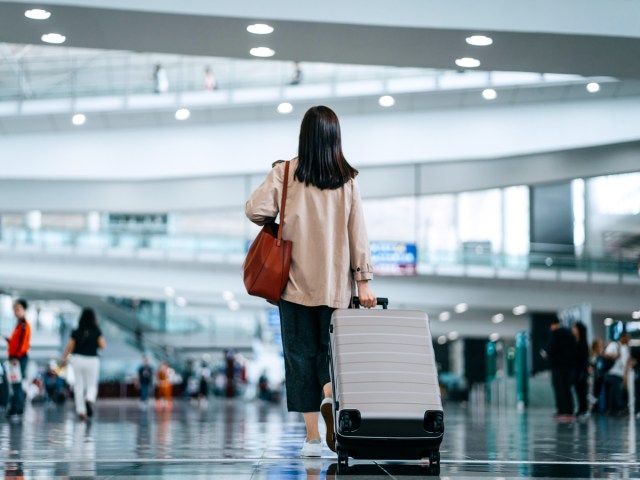
The TSA officially recommends following your airline’s guidance on when to arrive at the airport. With most U.S. airlines, that means getting to the airport at least two hours before your scheduled departure time for domestic travel and three hours for international travel. Most flights board 20 to 30 minutes before departure, so take that time — along with checked baggage cutoff times — into consideration, too. During busy seasons such as summer and holidays, account for longer screening lines, and stay up to date on your flight status so you know of delays and cancellations before you get to the airport.
Practicing Good Hygiene Is Essential

Since thousands of travelers are coming into contact with the same surfaces, TSA officers (like everyone else) want to prevent the spread of germs and viruses as much as possible. First, always wear socks with your shoes when you fly, so you don’t have to walk barefoot through the airport when taking off your shoes for security screening. Slip-on shoes, rather than bulky lace-ups, will help you speed through the process.
Using hand sanitizer and keeping personal items that often come into contact with your face packed away are all good ways to stay hygienic. And, unlike with your laptop or tablet device, keeping your mobile phone in a carry-on bag or a personal item like a purse or backpack is perfectly acceptable. Placing it safely zipped inside will prevent the spread of bacteria since the bins are where passengers place their shoes.
Keep Your Bag Organized
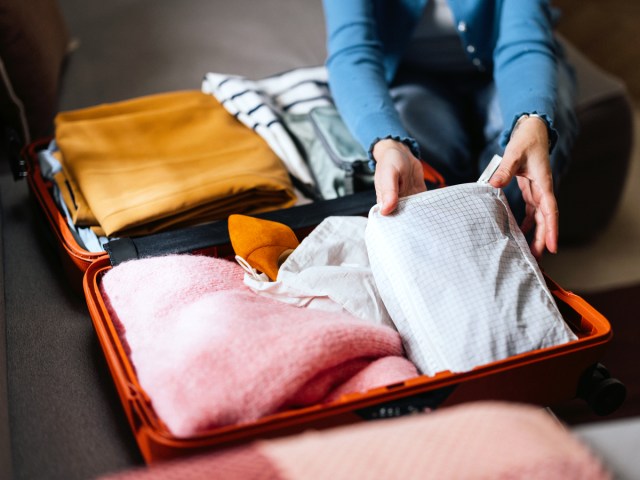
Packing cubes aren’t only beneficial for helping you pack — they also prevent you from time-consuming TSA searches. If X-ray scans can’t easily identify items in your luggage, a more thorough search is required, so make sure you keep toiletries, clothes, electronics, and food items separate. The TSA recommends that travelers use clear zipped bags for toiletries and jewelry, as well as backpacks and purses with laptop compartments to make the screening process quicker. The neater your bag, the better.
Most Medications Are Fine

The TSA doesn’t require travelers to carry prescriptions in their bottles, so carrying a pill organizer with unlabeled medications in it is perfectly acceptable to board your flight. Medically necessary inhalers, ointments, gels, or aerosols are also allowed in your purse or carry-on so long as you mention them to TSA officers during the screening process.
If you’re traveling with liquid medications — a bottle of cough syrup, for example — be aware that you’re required to inform officers of those, too. Travelers are permitted to bring more than 3.4 ounces of liquid medications in their carry-on, but only in what the TSA describes as “reasonable quantities for your flight.”
Most Food Is Fine
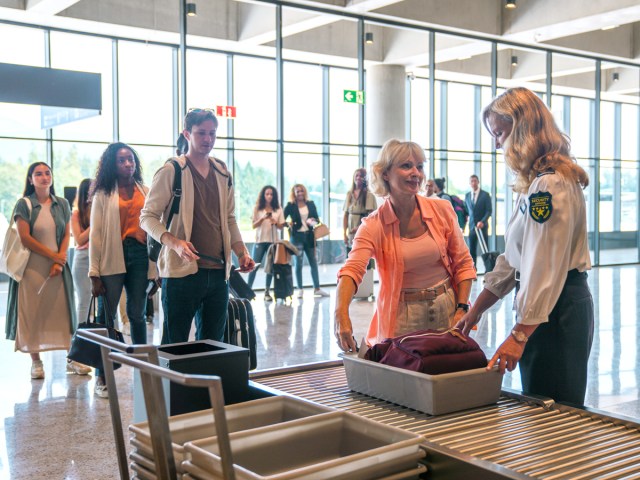
It might seem surprising, but packed foods can be put on the conveyor belt — as long as they are solid and not in liquid or gel form. Mostly anything goes: pies, casseroles, sandwiches, you name it. For easy inspection, do not pack them in your bag and let TSA officers know what they are before screening. If you have questions about what type of food products are allowed in your carry-on or checked bag, the agency publishes a helpful guide here.
Consider Enrolling in TSA PreCheck
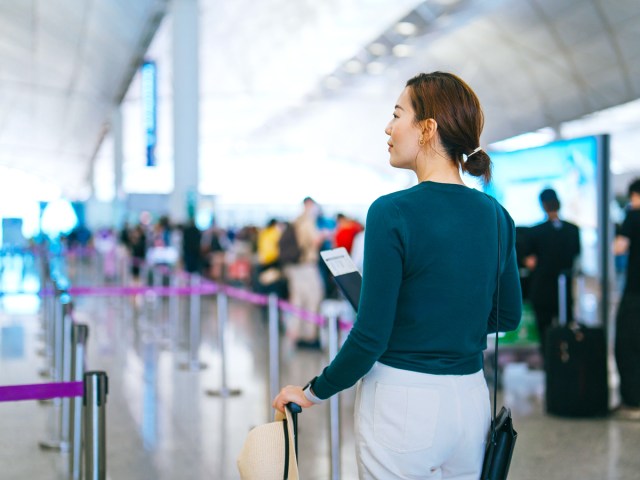
Want to avoid the hassle of removing your shoes, belt, light jacket, and laptop from your bag? Enrolling in TSA PreCheck ahead of your departure promises a speedier journey to your gate, as it’s typically a lane for frequent travelers who are more familiar with the screening process. According to the TSA, 99% of PreCheck passengers wait 10 minutes or less. Also note that children ages 17 and under can go through the TSA PreCheck lane with their enrolled parents, as long as they are traveling on the same reservation.
Never Joke About Explosives

It goes without saying, but even if you don’t mean any harm, joking about a bomb or a weapon at the airport is never a good idea. If you even discuss the matter, TSA personnel may ask you to step out of line for further questioning. Avoid being pulled aside to have a serious discussion with the TSA or local law enforcement — and potentially missing your flight.
If You’re Asked To Step Aside, It Isn’t Personal
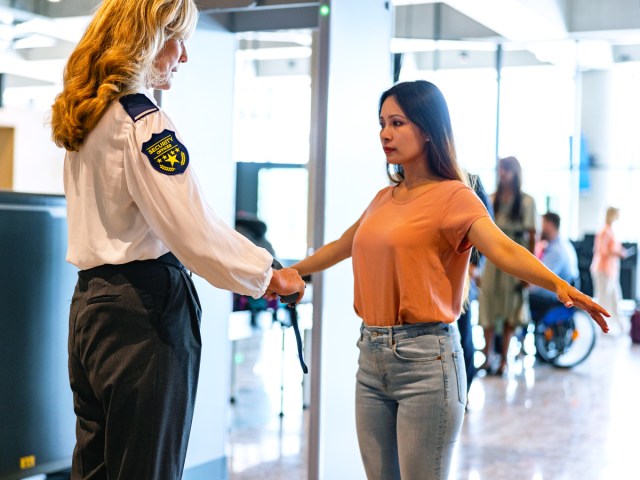
At times, TSA officers may see or hear something that’s cause for concern, but they’re only doing their jobs if they ask you to step aside. Inspections are also randomly conducted, so don’t feel offended if you’re asked to answer more questions or offer a more rigorous search of your bag or pockets. The more compliant and cooperative you are, the quicker you’ll get to your gate.
More from our network
Daily Passport is part of Optimism, which publishes content that uplifts, informs, and inspires.










